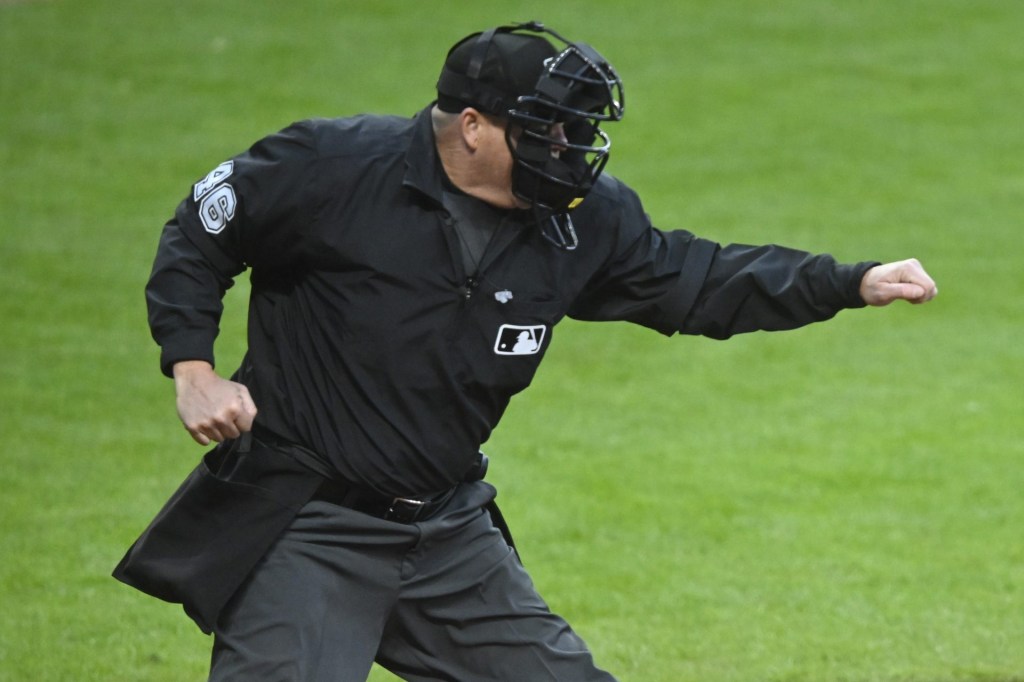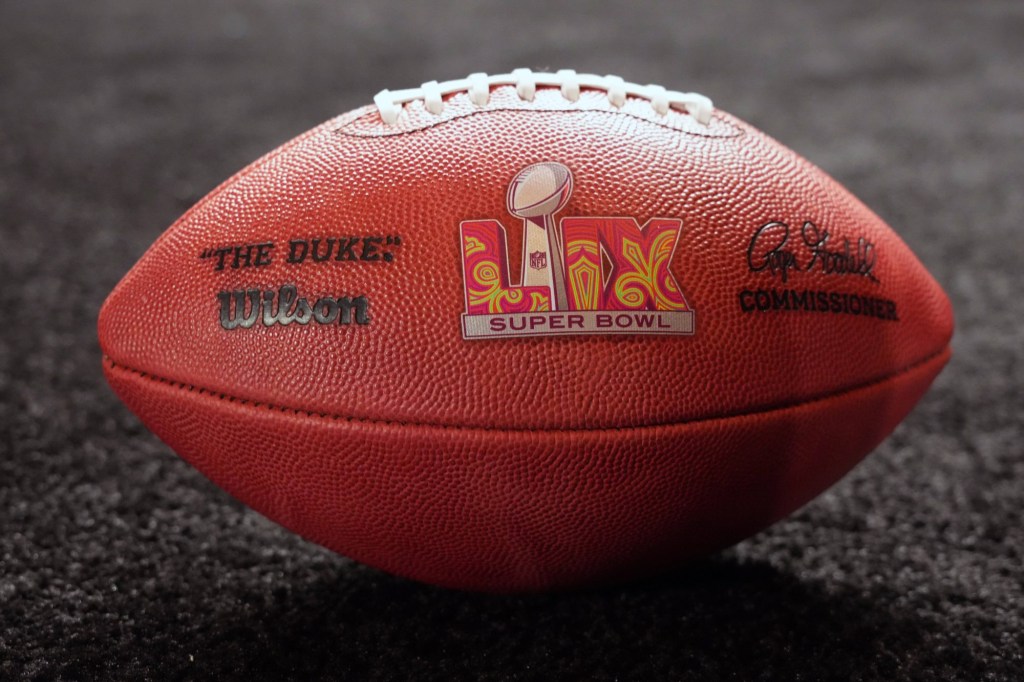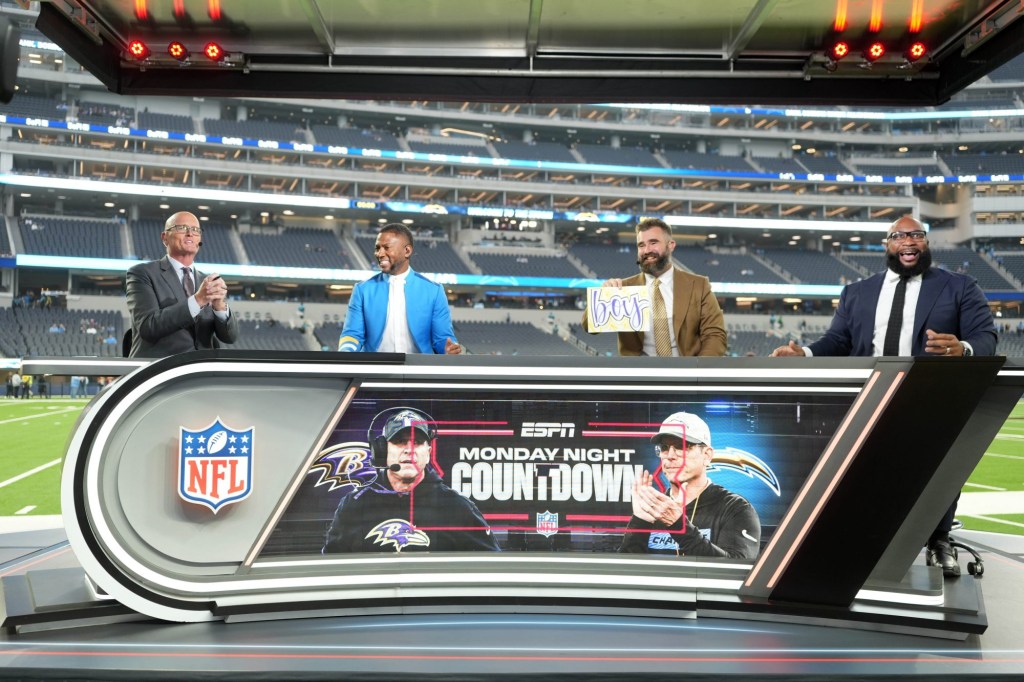
This is a guest post from Jim Andrews, @JimAndrews_ESP in advance of the 35th edition of the IEG Sponsorship Conference. Front Office Sports is a proud Media Partner of the event.
With just three weeks to go before the start of Go Deep, the 35th edition of the IEG Sponsorship Conference, I have just concluded a round of visits and calls with many of this year’s outstanding speakers.
In addition to heightening my anticipation for the truly insightful and beneficial presentations from these leading brands and rightsholders, some compelling themes emerged from these candid conversations.
While the issues illuminated might not necessarily be keeping sponsorship professionals up at night (at least not yet), they are critical to everyone who wants to advance our industry forward and derive real value from sports, entertainment, cause and community partnerships. Here are just two:
Brands Are Becoming More Serious about Measurement
I know what you’re thinking: You’ve heard this song before, particularly from my colleagues at IEG and me.
And while it is true that we have long beat (some might say to death!) the sponsorship measurement drum, the indications from brands that they need and are ready to step up their game in determining what’s working and what’s not have a different tone than at any previous point. Rightsholders of all stripes should pay close attention, as sponsors are ready to start holding them to much higher standards.
I’m not sure if anything, in particular, has brought the industry to a tipping point, but many sponsor decision-makers addressed measurement with an urgency and determination I have not seen previously.
First and foremost is A-B InBev’s Nick Kelly, whose purpose in speaking at the conference is to share how one of the world’s largest sponsors has undertaken, and is on the verge of fully rolling out, a massive re-engineering of its sponsorship ROI process.
The preview I saw of the presentation goes into fantastic detail of how this new model works and what metrics it uses, albeit the real values of numbers have been changed to protect the innocent! As a conference producer, I’m grateful to companies such as A-B and execs like Nick who are willing to peel back the curtain and be candid about important details of their business in order to help educate us all.
Nick told me that he has already shared the model with other major sponsors who are seeking to overhaul their own evaluation methods, and his presentation should accelerate the conversation even more.
Of course just because industry leaders such as A-B are likely to get measurement right–and even if many other sponsors are focusing their attention on evaluation–it doesn’t mean the majority will do what is necessary to move beyond what is easy to measure to what is important to measure, which leads to the next topic raised in my speaker conversations.
We Can’t Let Technology Take Us Backward
There will be plenty of time at the conference devoted to all manner of tech-related developments–from accessing audience data to delivering digital content, from AI to AR, from esports to ecommerce, and more–but many of the speakers I met with, including those taking full advantage of these new tools and platforms, discussed the need to not let technology shift the focus of partnerships away from people.
The concern is not that technology will, or even can, replace events and experiences. We all agree live interaction is vital, necessary and its benefits are not replicable in the virtual world. Moreover, not only is technology not a threat, it is enhancing experiences for audiences and participants beyond what we dreamed about even a decade ago.
The danger lies, rather, in the volume of information that our new tech tools provide and whether we will mistake these seemingly compelling data points for more than the mere outputs they are.
Reporting your brand’s virtual reality stream of a sponsored concert had viewers engaging with the content for 19 minutes is the 2018 equivalent of saying 50,000 fans saw your scoreboard sign. A metric? Yes. A meaningful one? No.
Although useful for comparison purposes–this year’s content outperformed last year’s or exceeded a competitor’s similar effort–the idea that this type of information is sufficient to evaluate the success or failure of a targeted promotion, or piece of content marketing, is misguided at best. (It’s a different story if the goal is mass market brand building, but that is most often better and more cost-effectively accomplished by advertising.)
What happened as a result of that engagement? Does the target audience feel differently about the brand? Did they take a desirable action, such as purchasing the product because of it?
These are the types of questions that need to be asked and answered of sponsorship activations. While our better natures know this to be true, it is very easy to succumb to the siren song of all those numbers effortlessly generated by social platforms, software tools, mobile apps, and more.
However, we have to remember that if we do, we are no better than those who three decades ago declared their sponsorships successful because they generated X number of impressions and Y amount in advertising equivalents.
No doubt discussions of these challenges along with many others will be part of the keynotes, presentations, workshops and roundtable sessions at IEG 2018, as well as many informal conversations at our networking events, in the hallways and at the bars. I’m looking forward to all of them.
This is a guest post from Jim Andrews, @JimAndrews_ESP in advance of the 35th edition of the IEG Sponsorship Conference. Front Office Sports is a proud Media Partner of the event.

















